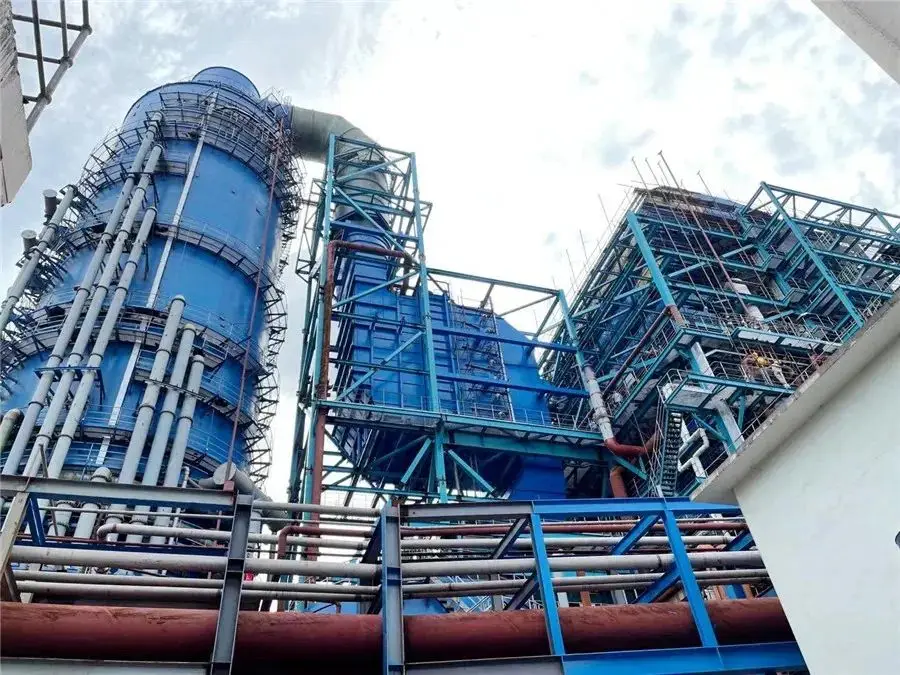
Nov . 09, 2024 02:26 Back to list
Understanding Boiler Steam Pressure and Its Impact on Efficiency and Safety
Understanding Steam Pressure in Boilers
Steam pressure is a critical parameter in the operation of boilers, affecting their efficiency, safety, and overall performance. This article delves into the significance of steam pressure, the factors influencing it, and the implications of managing steam pressure in industrial applications.
Boilers are essential components in many industrial processes. They produce steam by heating water, and this steam is employed for various applications including electricity generation, heating, and driving machinery. The steam produced can be classified into two main types saturated steam and superheated steam. Saturated steam exists in equilibrium with water, whereas superheated steam is further heated and has a temperature higher than its boiling point at a given pressure.
Understanding Steam Pressure in Boilers
Several factors influence the steam pressure in a boiler. The input energy, usually derived from fuel combustion (in fossil fuel boilers), affects the temperature and thus the pressure. The design of the boiler also plays a significant role; boilers are built with specific pressure ratings, and exceeding these ratings can lead to catastrophic failures. Moreover, the quality of the water supplied to the boiler is equally important. Impurities in boiler water can lead to scaling and corrosion, which can impair the boiler's ability to generate steam effectively and safely.
steam pressure in boiler

Maintaining appropriate steam pressure is crucial for the safe operation of boilers. Excessive steam pressure can lead to mechanical failures, while insufficient steam pressure can decrease efficiency and output. It is essential for operators to monitor steam pressure continuously and ensure that it remains within the predefined safety limits. Modern boilers come equipped with safety valves and pressure gauges to facilitate this monitoring. Safety valves automatically release excess steam to prevent dangerous pressure build-ups, while gauges provide real-time pressure readings for operators.
In industrial applications, the management of steam pressure can yield significant energy savings. By optimizing steam pressure, industries can improve the efficiency of their processes. For instance, some systems may benefit from lower pressure steam for certain applications, reducing fuel consumption and minimizing operational costs. Conversely, high-pressure steam is better suited for processes requiring significant energy transfer.
Moreover, in the context of sustainability and environmental considerations, optimizing steam pressure can lead to reduced greenhouse gas emissions. By ensuring that boilers operate at their most efficient levels, industries can contribute to a smaller carbon footprint while maintaining productivity.
In conclusion, steam pressure in boilers is a vital aspect that underpins the safe and efficient operation of steam-generating systems. Understanding the factors that influence steam pressure and its implications can assist industries in optimizing their processes, enhancing safety, and contributing to sustainability. By prioritizing effective steam pressure management, businesses can not only improve their operational performance but also align with broader environmental goals.
-
High-Efficiency Commercial Oil Fired Steam Boiler for Industry
NewsJul.30,2025
-
High-Efficiency Biomass Fired Thermal Oil Boiler Solutions
NewsJul.30,2025
-
High Efficiency Gas Fired Thermal Oil Boiler for Industrial Heating
NewsJul.29,2025
-
High-Efficiency Gas Fired Hot Water Boiler for Sale – Reliable & Affordable
NewsJul.29,2025
-
High Efficiency Biomass Fired Hot Water Boiler for Industrial and Commercial Use
NewsJul.29,2025
-
High-Efficiency Biomass Fired Hot Water Boiler for Industrial Use
NewsJul.28,2025
Related PRODUCTS






















